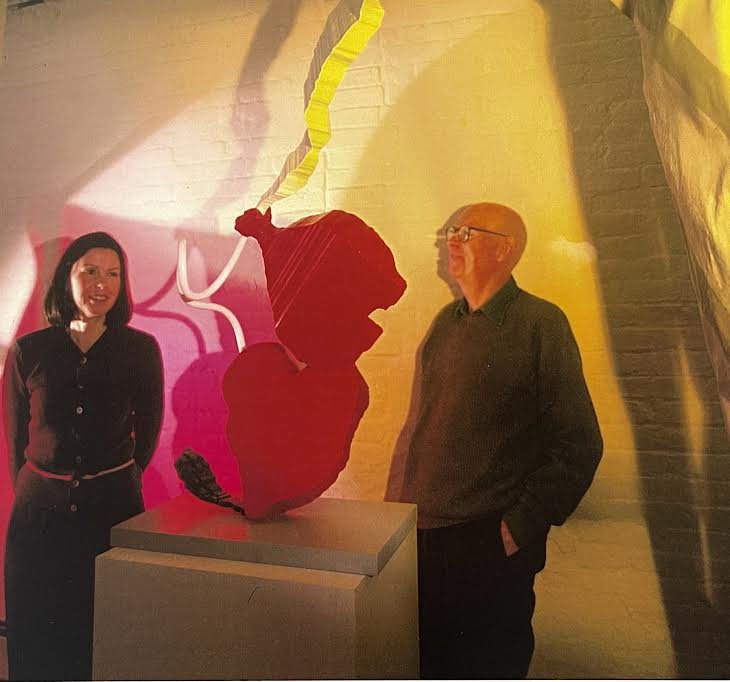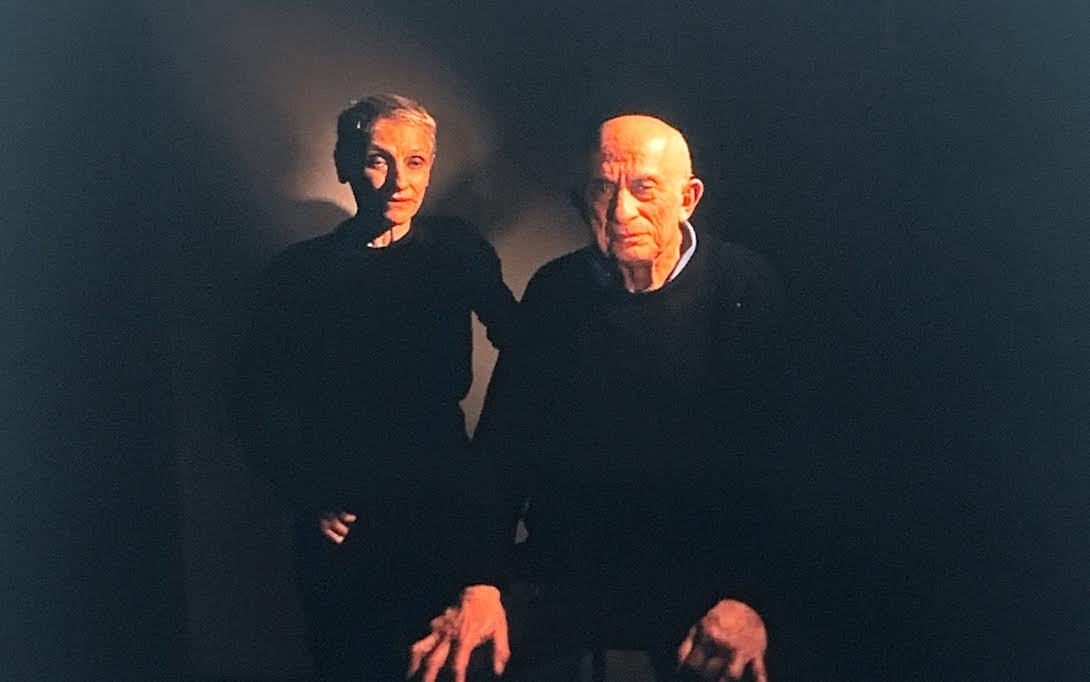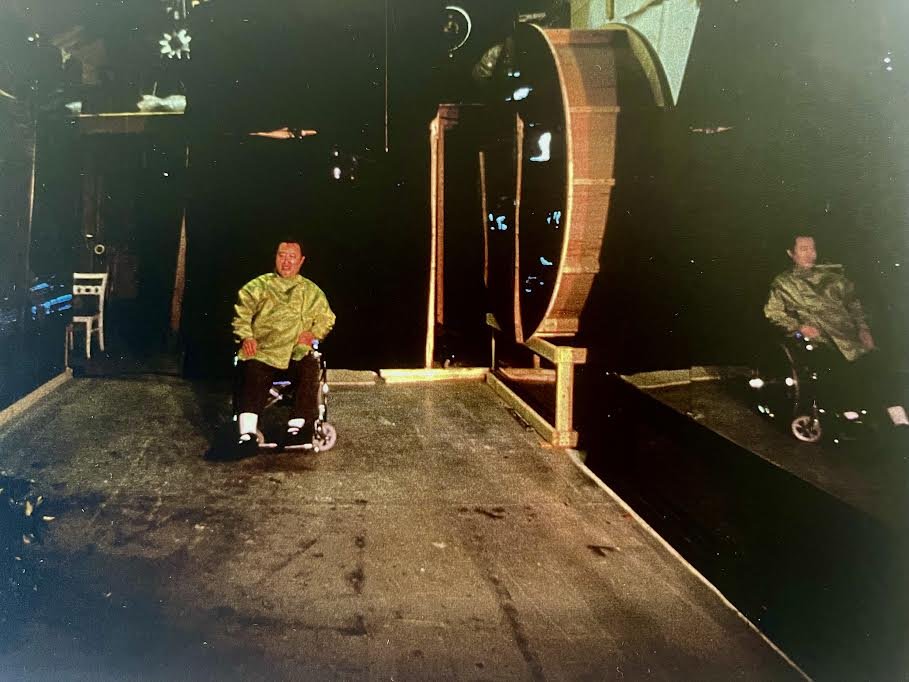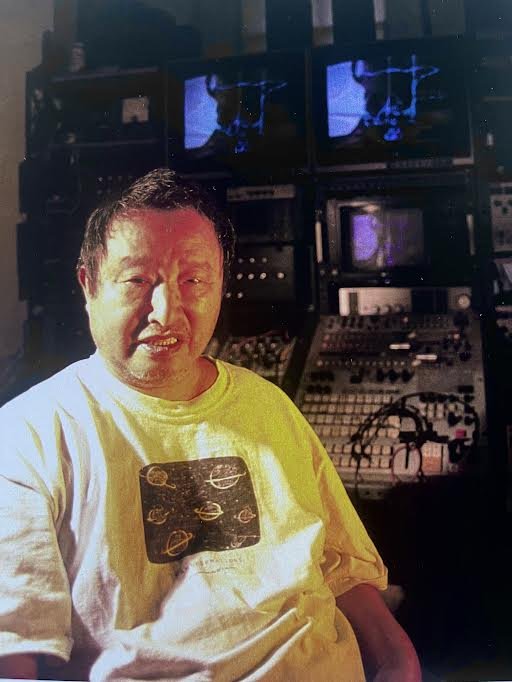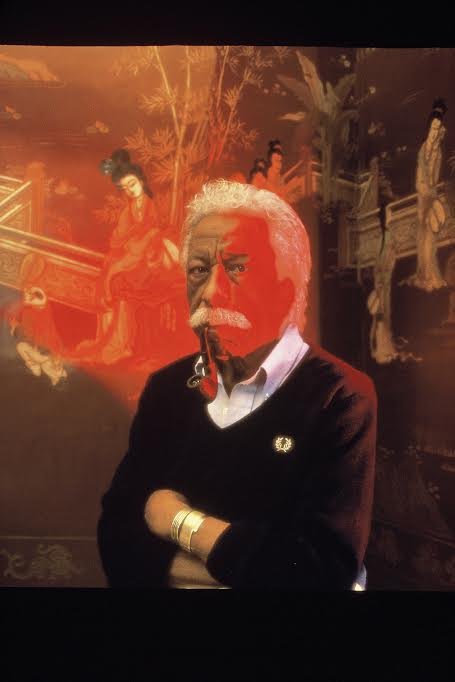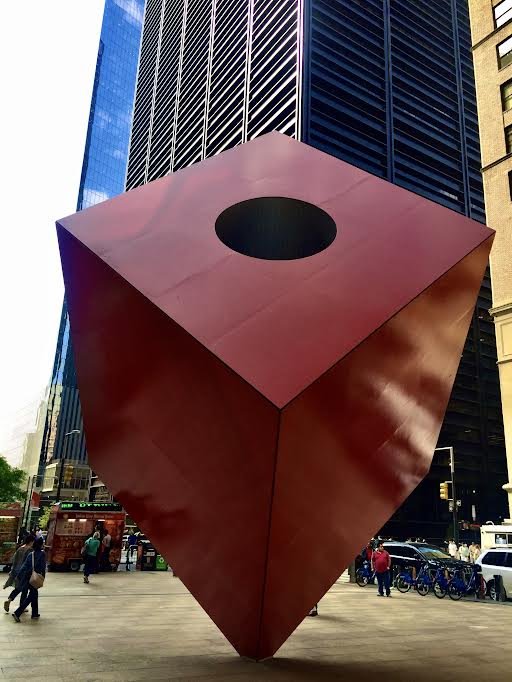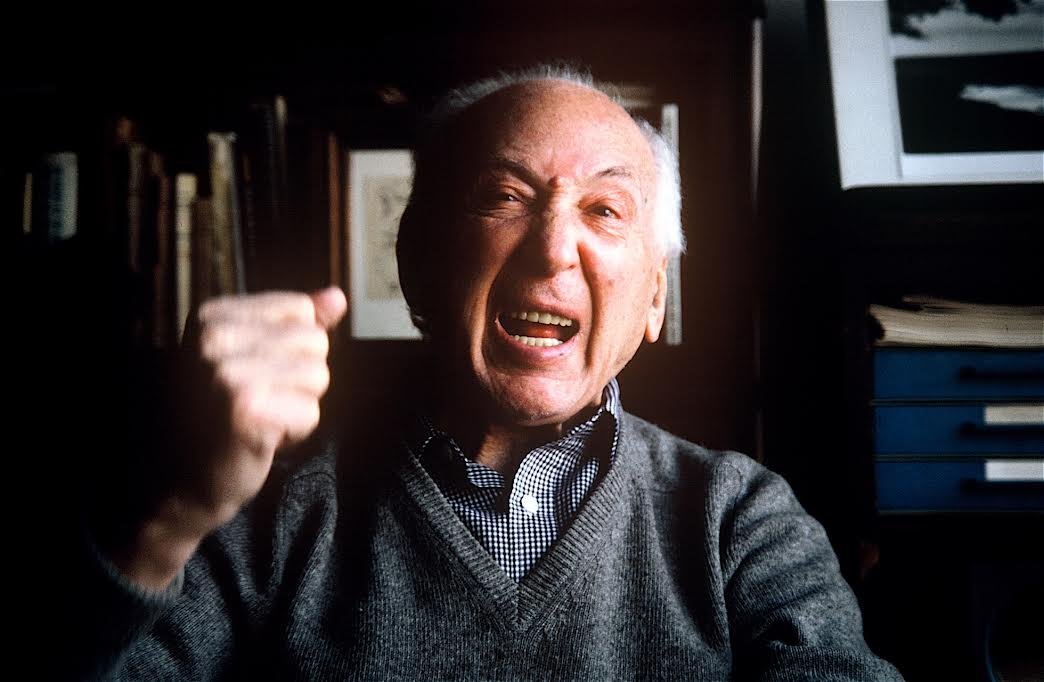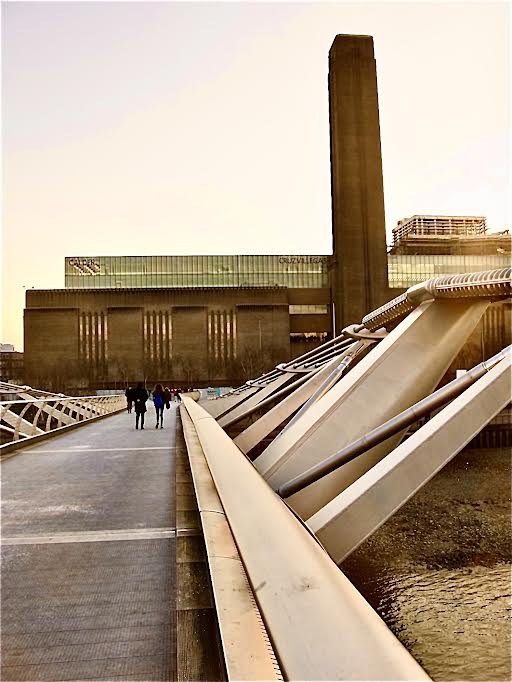#DavidAdjaye #SugarHillDevelopment #Harlem
I have photographed numerous Adjaye buildings
“Run, run, run” The Last of the Mohicans Hawkeye’s mind screamed. Daniel Day-Lewis and Hawkeye morphed into one. They (he) raced through the woods. Their strides never pausing until the Tomahawk blade was thrown-into his mortal enemy Magua’s skull.
“Run!!!!!” My mind screams as Burt Reynolds’s “Lewis Medlock” races through the forest. His strides never pause until he shoots his arrow through the heart of his mortal enemy and saves Jon Voight.
I have always thought that in a small way, the author James Dickey’s Deliverance echoed James Fenimore Cooper’s The Last of the Mohicans. The two star protagonists shaped their moments similarly. Though Daniel carried himself like Steve McQueen and Burt looked like architect Peter Marino. I have an eidetic memory for such things.
#Portrait #DavidAdjaye in my #Newyork Studio
The stride:
Could I at one time run like Hawkeye and Lewis? Have you seen me run through airports and train stations and across roads halting people and traffic? With camera in hand sometimes I am carrying more than one hundred pounds of equipment across my body while capturing more metropolises than I can remember. I stride, I race. My neurons transfer successfully through a synapse. I hear snippety snap snap. The photograph is done. I can breathe. I am exhausted but happy. I need speed. I need adrenaline. But I think pausing is where the photograph lives.
The pause:
For years I have captured everything that reminded me of architecture’s beauty. But if I could stop time, like in Rod Serling’s “A Kind of Stopwatch”, maybe I could engage the world as a great architectural diorama. I could pretend I was like a Cuvier beaked whale; I could breach the surface from 2000 meters below sea level and feel myself blessed with air. I could simultaneously capture the rapidity of movement and the pause in one frame. My photographs would be like capturing Aesop’s tortoise and the hare at the finish line: The monumental built world in a single frame: The art of architecture frozen in time; my time.
I rode the subway about one hundred and fifty New York streets. The underground if only momentarily, manages to mask perspective and time.
I arrived at 155th street. I felt I was in Spike Lee territory. I was a foreigner in my hometown. My breath, my stride, my eyes were wide open like Alex in “A Clockwork Orange”. This was not rehab, this was Oz. Every building, every tree was like my first Canaletto viewing experience; vivid with a history lesson on every stoop. Yes, yes, I have been to Harlem a hundred times. But this morning invaded my body like no other. My eyes wide, my mind was bopping like a dog in a “low-riders car”. My smile was blinding.
The shape of my prey, my intended building was advancing. I neared architect David Adjaye’s Sugar Hill Development. I heard the nearby church doors swing open. The Deacons all in black robes led the congregation to the street. The drapery of the gowns seemed to dance to a silent sound. I closed my eyes and shot a naked snippety snap snap. I was ready.
The sun was still rising in the east over the Macombs Dam Bridge. I dreamed I had wings and flew above St. Nicholas Avenue. The sunlight steered my eyes sharp right south into Adjaye’s building. I ran further south. I ran east to the bridge. I ran west towards Jackie Robinson Park. I embraced my memory of Baseball’s Robinson the great Dodger. I sat on the edge of the park. I admired the little I had seen of Sugar Hill. I watched the building evolve before my eyes. All the while my mind is accelerating and pausing as if at a yellow light. I am revving my engine, but haven’t made a decision. How do I make this image a conversation about photography and the art of architecture.
I reminded myself of conversations with the famous Illustrator Saul Steinberg; “Shoot me on my bicycle, that will be the photograph”. Steinberg meant that I only needed one image to capture him.
I began to imagine an “Adjaye” standing pronounced in a Steinberg’ Manhattan illustration. My Adjaye image would be a 250th of a second. I made a snap.
I had spent hours at 155th and St Nicholas Avenue. Past photographs were whispering insights to me. A successful single frame was like a single tomahawk blow through the skull, a single piercing arrow through the heart. My mind was aligned with two great novels.
I made my way to the subway heading south. I paused before entering. I allowed my mind and body to spin a thousand rotations like a whirligig in a hurricane. I wanted to connect everything that was anything in Sugar Hill
#DavidAdjaye #RivingtonPlace #photography #London
#DavidAdjaye #smithsonianNationalMuseumAfricanAmericanHistoryandCulture #WashingtonDC
#DavidAdjaye #SugarHillDevelopment #Harlem







